How to Stretch and Prime Your Own Canvas
Are you ready to unleash your inner artist? Stretching and priming your own canvas can be a game-changer for your painting experience. Not only does it save you money, but it also allows you to customize the canvas to fit your unique style and project needs. Imagine creating a masterpiece on a canvas that you prepared yourself—there's something incredibly satisfying about that! In this article, we’ll walk you through the entire process of stretching and priming your canvas, covering everything from selecting the right materials to applying the perfect primer. So, grab your tools, and let’s get started!
When it comes to creating art, the foundation matters, and that foundation is your canvas. Choosing the right canvas material is crucial for your artwork's longevity and appearance. The two most popular types of canvas are cotton and linen, each offering distinct benefits. Cotton canvas is affordable, easy to work with, and widely available, making it a favorite among beginners. On the other hand, linen canvas is more durable and has a finer texture, which can enhance the quality of your artwork. Think of it like choosing the right fabric for a dress; it can make all the difference in how your final piece turns out!
Before diving into the stretching process, it’s important to gather the necessary tools. Having the right equipment will not only make your task easier but also ensure a professional finish. Here’s a quick rundown of what you’ll need:
- Canvas material - Choose between cotton or linen.
- Stretcher bars - These form the frame for your canvas.
- Staple gun - Essential for securing the canvas to the stretcher bars.
- Measuring tape - For accurate measurements.
- Utility knife or scissors - To cut the canvas to size.
- Wood glue - Optional, but can add stability to your stretcher bars.
Gathering these tools will set you up for a seamless canvas stretching experience.
Now that you have your tools ready, it’s time to measure and cut your canvas. Accurate measurements are vital for a well-stretched canvas, so take your time here. Start by measuring the dimensions of your stretcher bars. Once you have those measurements, add a few extra inches to ensure you have enough material to wrap around the edges. This is like cutting a piece of fabric for a dress—too short, and you’ll end up with a disaster!
Different projects may require specific canvas sizes, so it’s essential to understand standard canvas sizes. Common sizes include:
| Size | Dimensions (inches) |
|---|---|
| Small | 8 x 10 |
| Medium | 16 x 20 |
| Large | 24 x 36 |
Choosing the right size for your artistic needs can greatly impact your creative process.
Proper cutting techniques can enhance the quality of your stretched canvas. Use a utility knife for clean edges, and always cut on a flat surface. If you’re using scissors, ensure they are sharp to avoid fraying the edges. Think of it like slicing a cake; a clean cut makes all the difference in presentation!
Once your canvas is cut, stretching it properly is essential. The most popular method is the gallery wrap, which allows the canvas to be wrapped around the edges of the stretcher bars, giving a clean look without a frame. Start by placing the canvas face down and laying the stretcher bars on top. Pull the canvas tight and secure it with your staple gun. Remember, the key is to keep the canvas taut without tearing it—think of it as tuning a guitar, where the right tension makes all the difference!
Priming is a critical step that prepares your canvas for painting. It creates a barrier between the canvas and the paint, ensuring better adhesion and longevity of your artwork. There are different types of primers available, and understanding them can help you choose the best one for your project.
The three main types of primers are:
- Acrylic primers - Water-based and easy to clean, ideal for acrylic paints.
- Oil primers - Provide a rich surface for oil paints but require solvents for cleanup.
- Gesso - A versatile primer that can be used for both acrylic and oil paints, offering a textured surface.
An even application of primer ensures a smooth painting surface. Use a wide brush or a roller to apply the primer, and work in long, even strokes. Avoid overloading your brush to prevent drips and uneven patches. Think of it like painting a wall; a smooth finish requires patience and attention to detail!
Got questions? Here are some common inquiries about stretching and priming canvas:
- How long does it take to stretch a canvas? - Typically, it takes about 30 minutes to an hour, depending on your experience.
- Can I use any type of paint on my canvas? - Yes, but make sure to use the appropriate primer for the type of paint you're using.
- What if my canvas gets wrinkled? - You can lightly mist it with water and stretch it again while it’s damp.
Now that you’re equipped with the knowledge to stretch and prime your own canvas, it’s time to get creative! Happy painting!
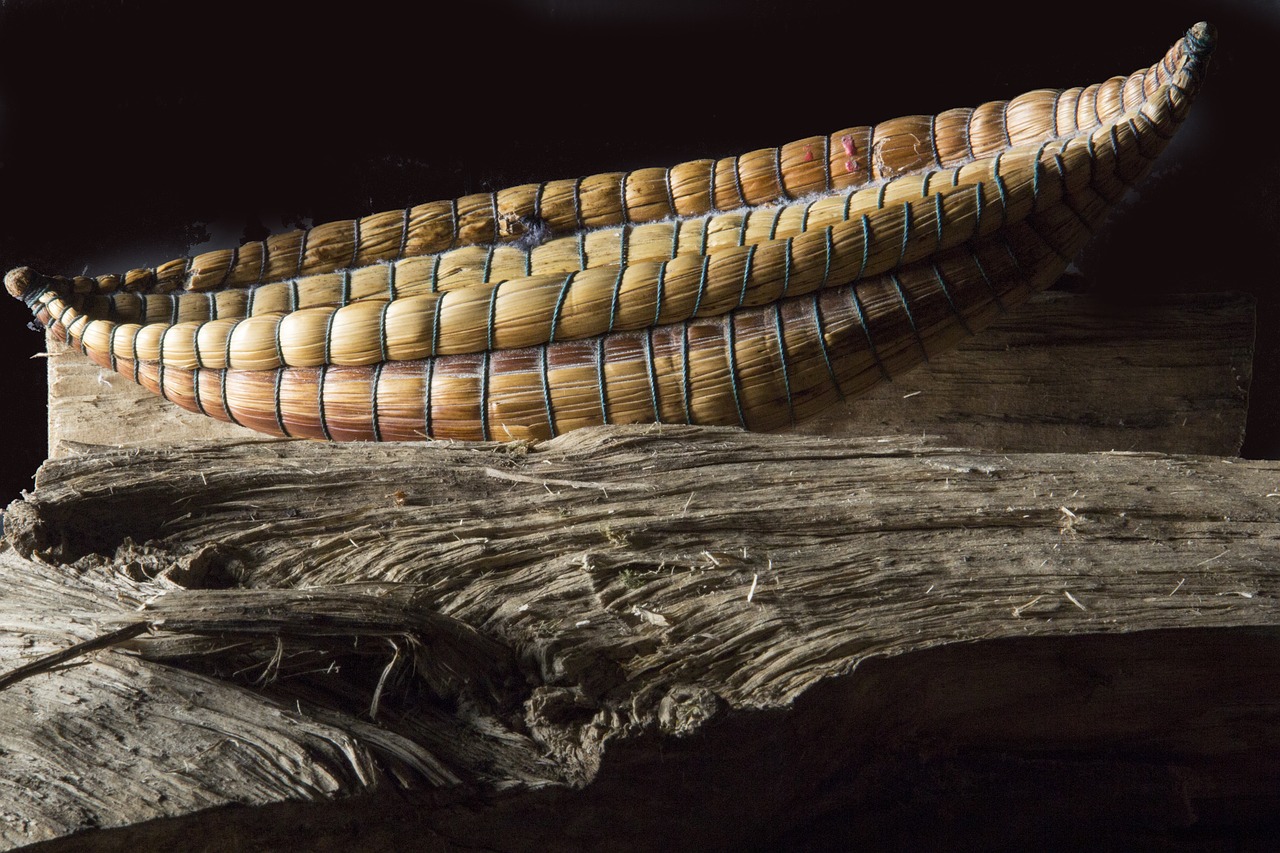
Choosing the Right Canvas Material
When it comes to creating stunning artwork, the choice of canvas material is like choosing the right foundation for a house. A solid foundation not only supports the structure but also enhances its beauty. Similarly, the canvas you select can significantly affect the longevity and appearance of your art. The two most popular types of canvas materials are cotton and linen, each offering unique qualities that cater to different artistic styles and preferences.
Cotton canvas is often favored by artists for its affordability and versatility. It is widely available and provides a smooth surface that works well with both acrylics and oils. One of the key benefits of cotton canvas is its ability to hold paint well, which makes it an excellent choice for beginners and professionals alike. However, it is essential to note that cotton can stretch over time, especially in humid conditions, which might affect the final look of your artwork.
On the other hand, linen canvas is considered the gold standard among professional artists. It is made from the fibers of the flax plant and is known for its durability and strength. Linen canvas has a natural texture that adds depth to paintings, making it particularly appealing for oil painters who want to achieve a rich, layered effect. Although it tends to be more expensive than cotton, many artists believe that the investment is worth it for the superior quality and longevity it offers.
When choosing between cotton and linen, consider the following factors:
- Budget: Cotton is generally more affordable, making it a great option for those just starting out or working on large projects.
- Intended Use: If you’re planning to create a piece that will be displayed for years to come, investing in linen may be the better choice.
- Painting Medium: Think about the type of paint you’ll be using; some canvases perform better with specific mediums.
Additionally, canvas comes in different weights and textures. The weight of the canvas is measured in ounces, with heavier canvases providing more support and durability. Textured canvases can add an interesting element to your artwork, but they may also require more skill to paint on. It’s essential to experiment with various types to discover what works best for your artistic vision.
In summary, the right canvas material can make all the difference in your painting experience. Whether you opt for the affordability of cotton or the premium quality of linen, understanding the characteristics of each will help you make an informed decision. So, before you dive into your next masterpiece, take a moment to reflect on the canvas that will best support your creativity!
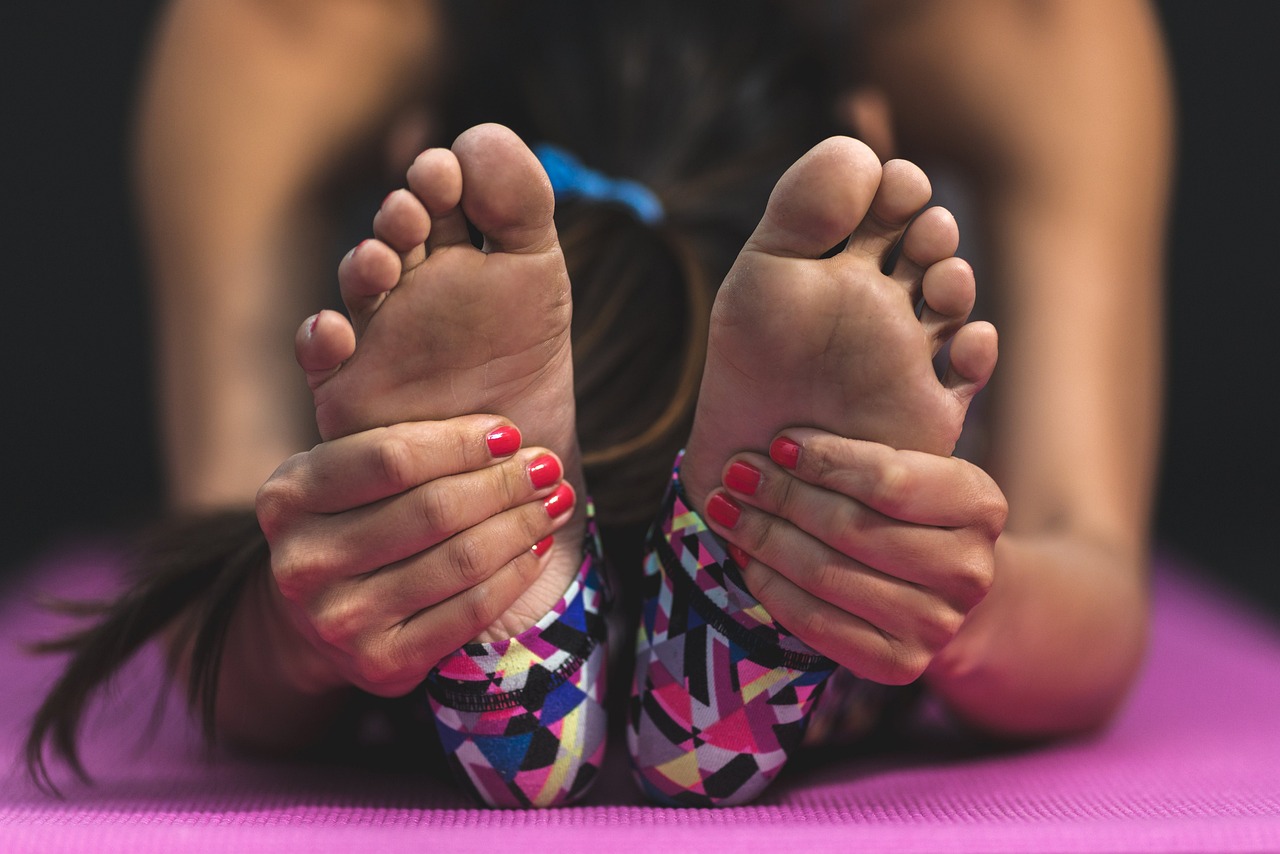
Essential Tools for Stretching Canvas
When it comes to stretching your own canvas, having the right tools can make all the difference between a frustrating experience and a smooth, enjoyable process. Imagine trying to bake a cake without a mixing bowl or a whisk—it's just not going to work out well! Similarly, using the right tools will not only save you time but also ensure that your canvas is stretched perfectly for your masterpiece.
First and foremost, you’ll need a sturdy stretcher frame. This is the backbone of your canvas stretching project. You can either purchase pre-made frames or create your own using wooden strips. If you opt for DIY, make sure your wood is straight and free of knots to avoid warping. The size of the frame should correspond with the dimensions of your canvas, so keep that in mind when measuring.
Next on the list is a reliable canvas pliers. These specialized pliers help grip the canvas tightly, allowing you to stretch it evenly across the frame. Think of them as your best friend in this process; they provide the leverage you need to pull the canvas taut without damaging it. Additionally, a stapler—preferably a heavy-duty one—is essential for securing the canvas to the frame. You can also use a tack hammer if you prefer working with tacks instead of staples.
Don’t forget about a measuring tape and a pencil for marking your canvas and stretcher frame. Precision is key here; even a small miscalculation can throw off the entire stretching process. A utility knife is also necessary for trimming excess canvas, making it a vital tool in your toolkit. Lastly, consider having a level on hand to ensure your frame sits evenly—nobody wants a lopsided canvas!
Here’s a quick summary of the essential tools you’ll need:
| Tool | Purpose |
|---|---|
| Stretcher Frame | Holds the canvas in place. |
| Canvas Pliers | Helps stretch the canvas tightly. |
| Stapler or Tack Hammer | Secures the canvas to the frame. |
| Measuring Tape & Pencil | For precise measurements and markings. |
| Utility Knife | Trims excess canvas. |
| Level | Ensures the frame is even. |
With these tools in hand, you're well-equipped to tackle the canvas stretching process like a pro. Remember, each tool plays a crucial role, so take your time to familiarize yourself with how they work together. The right tools not only simplify the task but also enhance the quality of your final artwork, making it worth every effort!
Q: Can I use any type of wood for the stretcher frame?
A: It's best to use straight, sturdy wood like pine or poplar to ensure your frame remains stable and doesn't warp over time.
Q: How tight should I stretch the canvas?
A: The canvas should be tight enough to avoid sagging but not so tight that it causes the canvas to warp or tear. You want it to feel firm but still have a little give.
Q: What if I don't have canvas pliers?
A: While canvas pliers are ideal, you can use regular pliers in a pinch. Just be cautious to avoid damaging the canvas while stretching.
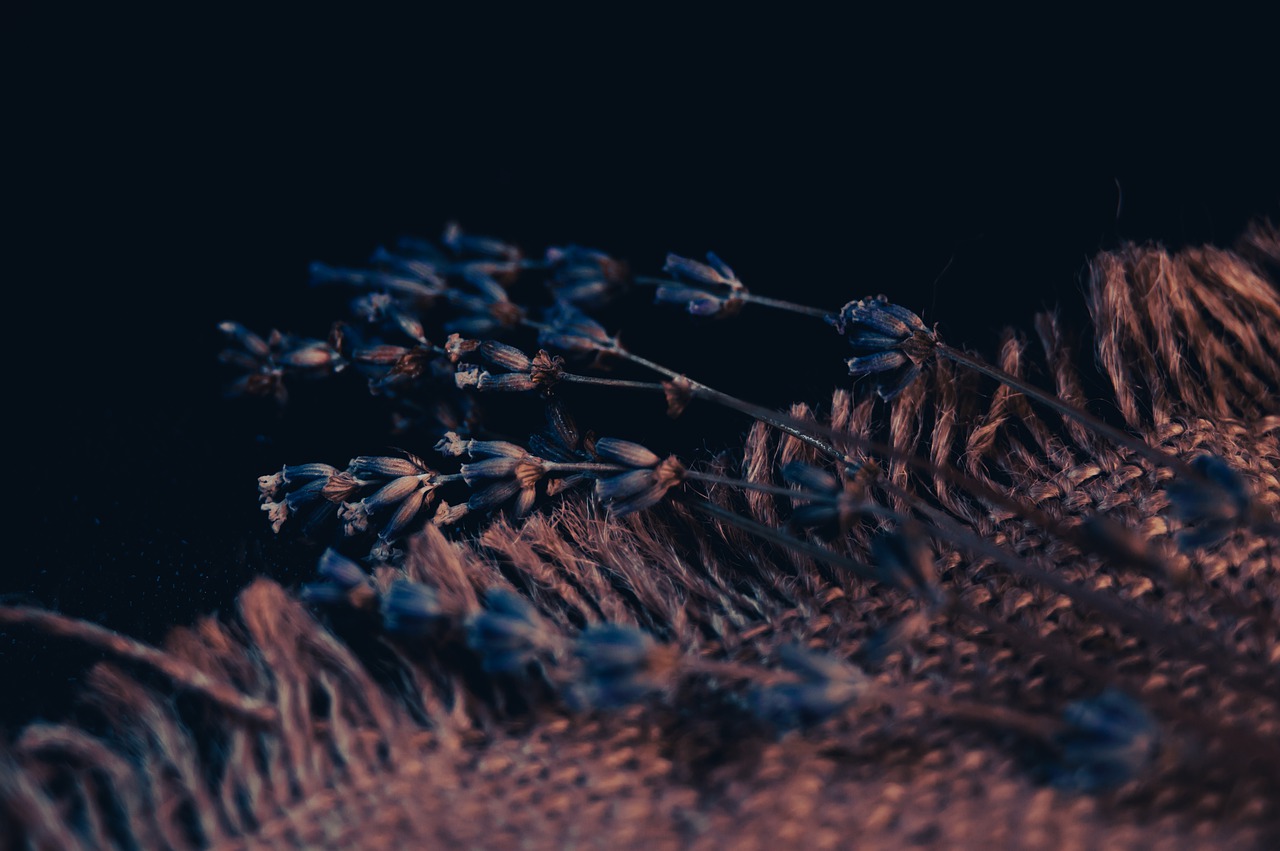
Measuring and Cutting Canvas
When it comes to measuring and cutting your canvas, precision is key. You want to ensure that your canvas fits perfectly onto the stretcher bars, allowing for a smooth and professional finish. Start by gathering your materials: a measuring tape, a straight edge or ruler, and a sharp utility knife or fabric scissors. Having these tools at your disposal will make the process much smoother and more efficient.
First, measure the dimensions of the stretcher bars. It’s essential to note that the canvas should be larger than the frame itself, typically by about 2 to 3 inches on each side. This extra material will allow you to wrap the canvas around the bars securely. For example, if your stretcher bars are 24 inches by 36 inches, you should cut your canvas to approximately 28 inches by 40 inches. Make sure to mark your measurements clearly on the canvas using a pencil or fabric chalk, as this will guide your cutting.
Next, it’s time to cut the canvas. Lay it flat on a clean, sturdy surface, ensuring that there are no wrinkles or debris that could affect the cutting process. Using your straight edge, align it with your marked line and press down firmly. With your utility knife or scissors, make a clean cut along the edge. If you're using a knife, it’s best to make multiple passes for a smoother cut rather than trying to slice through the canvas in one go. This technique not only ensures a clean edge but also helps maintain the integrity of the fabric.
For those who are new to this, it can be helpful to practice on a scrap piece of canvas first. This way, you can get a feel for how much pressure to apply and how to maneuver your cutting tool without damaging the fabric. Remember, the goal is to achieve a straight and precise cut that will help in the stretching process.
It's also important to understand the different canvas sizes available, as this can impact your art project significantly. Standard sizes often include:
| Size (inches) | Common Use |
|---|---|
| 8 x 10 | Portraits |
| 16 x 20 | Landscapes |
| 24 x 36 | Large artworks |
Choosing the right size canvas is like selecting the right frame for a masterpiece; it can elevate your artwork and ensure it fits seamlessly into your vision. Once you've cut your canvas to size, take a moment to inspect the edges. They should be clean and free of fraying. If you notice any imperfections, you might consider using a lighter sandpaper to gently smooth the edges before proceeding to the stretching phase.
In conclusion, measuring and cutting your canvas might seem daunting at first, but with the right tools and a little practice, you can master this essential skill. Remember, the foundation of your artwork starts here, so take your time and enjoy the process!
- What type of canvas is best for beginners? Cotton canvas is often recommended for beginners due to its affordability and versatility.
- How do I know how much extra canvas to cut? A good rule of thumb is to add 2-3 inches to each side of your stretcher bars for wrapping.
- Can I use regular scissors for cutting canvas? While you can use regular scissors, a utility knife or rotary cutter provides cleaner edges.

Understanding Canvas Sizes
When it comes to creating your masterpiece, understanding canvas sizes is essential. Just like choosing the right canvas can influence your artistic expression, knowing the dimensions that work best for your project can make a significant difference in the final outcome. Canvas sizes are typically categorized into standard dimensions, which can be measured in inches or centimeters, and they often come in various ratios. For instance, a common size for beginners is 16x20 inches, but as you grow as an artist, you might find yourself gravitating towards larger formats like 24x36 inches or even custom sizes.
Different projects may require different canvas sizes depending on the style and technique you're employing. If you're working on a detailed portrait, a smaller canvas might allow for more precision, while a large abstract piece might benefit from a bigger canvas that gives you space to express yourself freely. It's like choosing the right stage for a performance; the size can either enhance or limit your artistic expression.
Here's a quick overview of some common canvas sizes and their typical uses:
| Canvas Size (inches) | Common Uses |
|---|---|
| 8x10 | Small portraits, studies, or sketches |
| 16x20 | Medium-sized portraits, landscapes, or still lifes |
| 24x36 | Large paintings, exhibitions, or statement pieces |
| 30x40 | Large-scale artworks for galleries or bold statements |
When selecting a canvas size, consider not just the subject matter but also the space where you intend to display your artwork. A large canvas can dominate a room, while smaller pieces can create a more intimate atmosphere. Additionally, think about the aspect ratio that best suits your vision; for example, a landscape painting might look better on a wider canvas, while a portrait may fit nicely on a taller, narrower one.
In summary, understanding canvas sizes is not just about knowing the numbers; it’s about how those dimensions can enhance your artistic expression and fit into your creative vision. So, take a moment to reflect on your project, consider the space you have available, and choose a canvas size that will help you bring your ideas to life!

Cutting Techniques for Precision
When it comes to stretching your own canvas, the importance of precision cutting cannot be overstated. Think of it as the foundation of a house; if the base isn’t solid, everything built on top of it will be shaky. To achieve that perfect fit for your canvas, you’ll want to utilize some effective cutting techniques. First and foremost, always ensure that you use a sharp utility knife or a rotary cutter. Dull blades can lead to ragged edges that will not only look unprofessional but can also complicate the stretching process.
Before you even make a cut, take the time to measure your canvas accurately. Use a measuring tape for longer lengths and a ruler for shorter ones. Mark your measurements using a pencil, as it allows for easy adjustments if you make a mistake. A common pitfall is to rush this step; remember, “measure twice, cut once” is not just a saying, it’s a mantra for anyone serious about their craft. Once you have your measurements marked, lay the canvas flat on a clean, sturdy surface. This ensures that the canvas does not shift while cutting, which could lead to uneven edges.
Now, let’s talk about the actual cutting. When using a utility knife, hold it at a 45-degree angle to the canvas. This angle helps to create a clean cut without fraying the fabric. If you're using a rotary cutter, ensure that your cutting mat is in good condition; a worn-out mat can hinder your ability to cut straight lines. If you’re cutting multiple pieces, stack them to save time, but make sure they are aligned perfectly to avoid discrepancies in size.
For those who prefer a more detailed approach, consider using a straight edge or a T-square. These tools help maintain straight lines and can be invaluable when cutting larger pieces of canvas. Place the straight edge along your marked line and press down firmly while cutting along the edge. This method minimizes the risk of slipping and ensures that your cuts are as straight as possible.
After you’ve made your cuts, take a moment to inspect the edges. If you notice any frayed or uneven areas, you can use sandpaper to smooth them out gently. This step is especially important if you plan to stretch the canvas over a frame, as any imperfections can lead to uneven stretching. Remember, taking the time to cut your canvas correctly will pay off when you finally sit down to paint.
In summary, precision cutting is an art in itself. With the right tools and techniques, you can ensure that your canvas is cut to perfection, providing a solid foundation for your artwork. So, gather your tools, take your time, and remember that a well-prepared canvas is the first step toward creating stunning art!
- What tools do I need for cutting canvas? You will need a sharp utility knife or rotary cutter, a cutting mat, a measuring tape, a ruler, and possibly a straight edge or T-square.
- How do I ensure straight cuts? Use a straight edge or ruler to guide your cutting tool. Hold the knife at a 45-degree angle for cleaner edges.
- Can I cut multiple layers of canvas at once? Yes, but make sure they are perfectly aligned to avoid size discrepancies.
- What should I do if my canvas edges are frayed? You can gently sand the edges with fine-grit sandpaper to smooth them out.
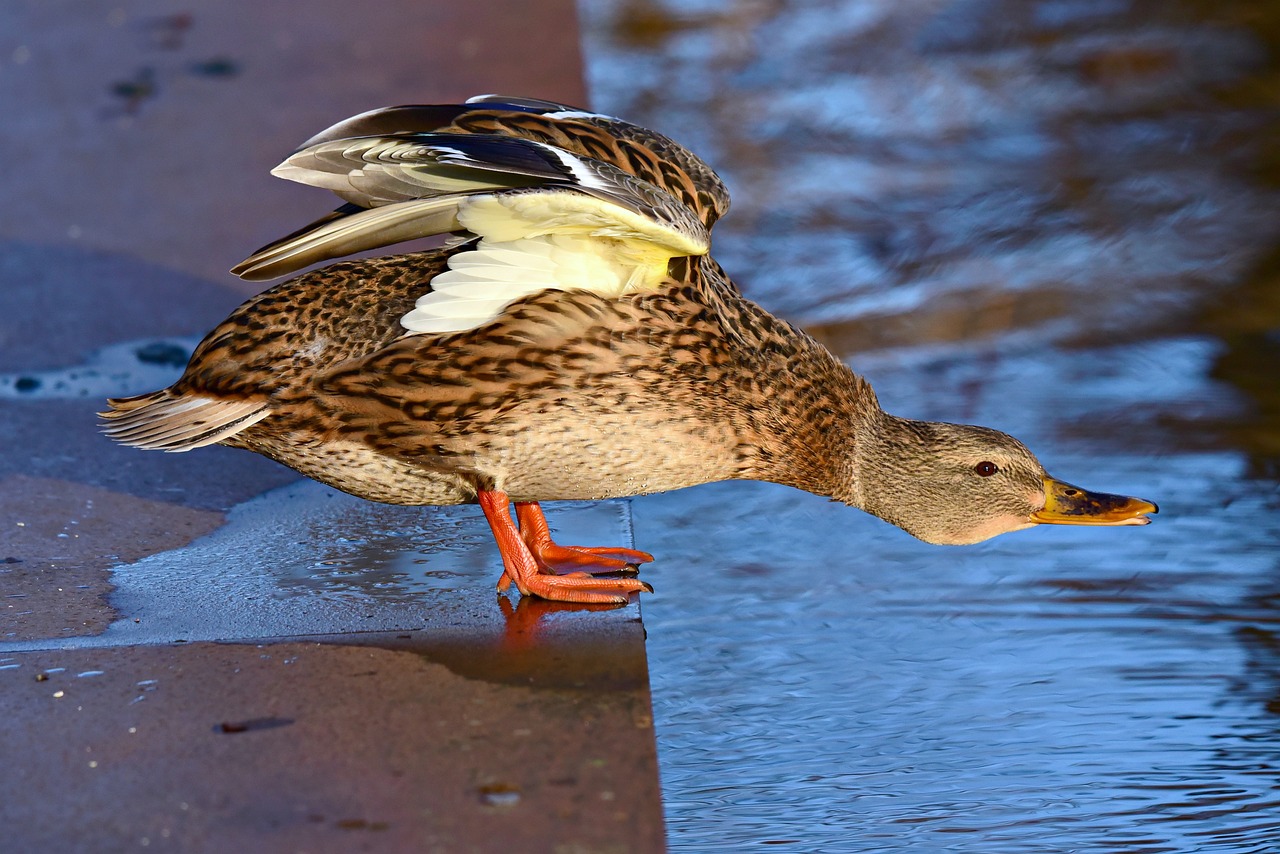
Stretching Techniques Explained
Once you've cut your canvas to the desired size, the next crucial step is stretching it properly. Stretching your canvas isn't just about pulling it tight; it's an art form in itself that can significantly affect the final look of your artwork. A well-stretched canvas provides a smooth, taut surface that enhances your painting experience and showcases your work beautifully. So, how do you achieve that perfect stretch? Let’s dive into some popular techniques that artists use to get their canvases ready for action!
One of the most commonly used methods is the gallery wrap technique. This technique not only stretches the canvas tightly over the frame but also allows the edges to be painted, creating a more polished look without the need for a frame. To achieve this, you’ll start by laying your canvas face down on a clean surface. Place your stretcher bars in the shape of a rectangle, ensuring they are secure. Then, begin by pulling the canvas over one edge and stapling it down, moving to the opposite side to pull it tight and staple again. Repeat this process with the other two sides, making sure to keep the canvas taut as you work. This method is favored by many artists for its sleek, modern finish.
Another effective technique is the traditional method, which involves stretching the canvas over the frame and securing it with staples or tacks. This method is a bit more straightforward and is perfect for beginners. Start by placing the canvas face down, then lay the stretcher bars on top of it. Fold the canvas over the edge of the bar, ensuring it’s centered, and begin securing it with staples. It’s essential to work from the center outwards, alternating sides to maintain even tension. This technique is great for those who prefer a more classic look.
For those looking for a more robust solution, consider the double-stretch technique. This method involves stretching the canvas over two sets of stretcher bars, giving it extra support and durability. It's especially useful for larger canvases or when working with heavy materials. The process is similar to the traditional method, but you’ll be working with two frames instead of one. This technique can be a bit more labor-intensive, but the results are definitely worth it!
When stretching your canvas, it’s also important to keep an eye on the tension. You want the canvas to be taut, but not so tight that it distorts the fabric or the frame. A good rule of thumb is to pull the canvas firmly but gently, ensuring it doesn’t lose its natural texture. If you notice any wrinkles or sagging, don’t hesitate to adjust the tension by loosening the staples slightly and re-stretching the canvas.
To summarize, here are some key techniques to keep in mind when stretching your canvas:
- Gallery Wrap: A modern technique that allows for painted edges.
- Traditional Method: A straightforward approach perfect for beginners.
- Double-Stretch Technique: Provides extra support for larger canvases.
In conclusion, mastering the art of stretching your canvas is essential for any artist looking to create stunning works. Each technique offers its unique benefits, so don’t hesitate to experiment and find what works best for you. Remember, a well-stretched canvas is the first step towards a masterpiece!
Q: What type of stretcher bars should I use?
A: It’s best to use high-quality, kiln-dried wood stretcher bars to prevent warping over time.
Q: How tight should I stretch the canvas?
A: You want the canvas to be taut but not overly tight. It should feel firm to the touch without distorting the fabric.
Q: Can I reuse an old canvas?
A: Yes, you can re-stretch an old canvas, but make sure to remove any old staples and clean the surface properly before re-stretching.
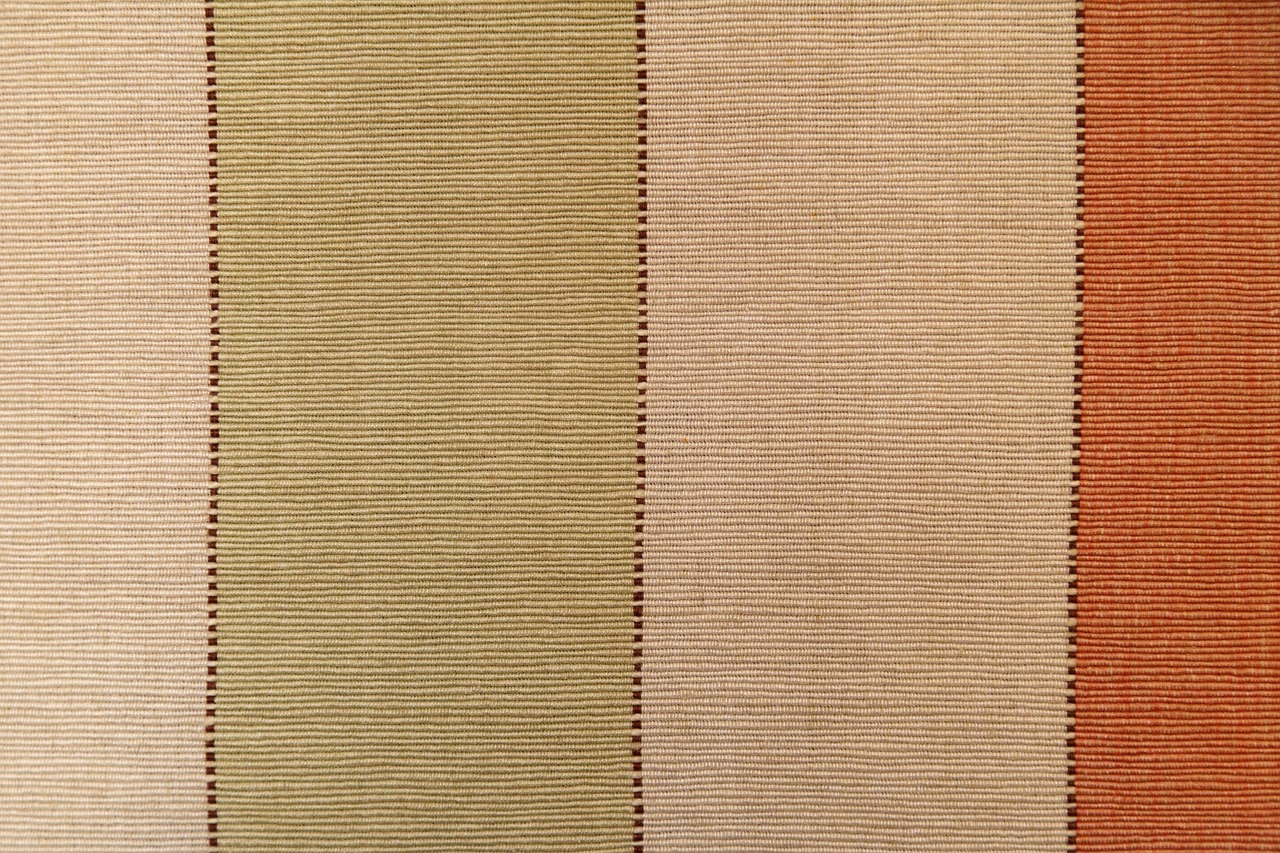
Priming Your Canvas for Painting
Priming your canvas is like laying the foundation for a house; it’s a crucial step that sets the stage for your artwork. Without a proper primer, your paint may not adhere well, leading to uneven textures and colors that just don’t pop. So, let’s dive into the world of canvas priming and explore how you can prepare your canvas for a masterpiece.
There are several types of primers available, each with its own unique properties. The most common types include acrylic primers, oil primers, and gesso. Understanding these options will help you choose the right one for your specific project. For instance, if you’re working with acrylic paints, an acrylic primer will work best as it allows for better adhesion and flexibility. On the other hand, if you’re planning to use oil paints, an oil-based primer is essential to prevent the paint from seeping into the canvas and causing damage.
Let’s break down these types of primers a bit further:
| Type of Primer | Best For | Properties |
|---|---|---|
| Acrylic Primer | Acrylic Paints | Fast-drying, flexible, and versatile |
| Oil Primer | Oil Paints | Slow-drying, rich texture, prevents seepage |
| Gesso | All Paint Types | Creates a fine texture, enhances paint adhesion |
Now, once you’ve selected your primer, the next step is applying it evenly. A smooth, uniform layer of primer is essential for achieving a flawless painting surface. Here are some tips to help you apply primer like a pro:
- Use a High-Quality Brush: Invest in a good brush that won’t shed bristles. A flat brush is ideal for even coverage.
- Thin Layers: Apply multiple thin layers rather than one thick layer. This prevents drips and ensures even drying.
- Sand Between Coats: Lightly sand the surface between coats for an ultra-smooth finish.
It’s also important to let each layer dry completely before applying the next. This patience will pay off when you start painting, as you’ll have a beautifully primed surface that enhances your artwork’s vibrancy and depth.
In conclusion, priming your canvas is not just a chore; it’s an art form in itself. By selecting the right primer and applying it with care, you’ll set the stage for a stunning painting experience. Remember, a well-primed canvas is like a blank canvas waiting for your creativity to take flight!
Q: How many layers of primer should I apply?
A: Generally, two to three layers of primer are recommended for optimal results, but this can vary depending on the type of paint you plan to use.
Q: Can I use any primer on any canvas?
A: Not all primers are suitable for all canvases. It's crucial to choose a primer that matches your paint type for the best adhesion and finish.
Q: Do I need to prime a pre-stretched canvas?
A: Many pre-stretched canvases come pre-primed, but it’s always a good idea to check the manufacturer’s specifications. If it feels too absorbent, a layer of primer can enhance its performance.

Types of Primers
When it comes to preparing your canvas for painting, choosing the right primer is essential. Primers act as a barrier between your canvas and the paint, ensuring that your artwork not only adheres properly but also maintains its vibrancy over time. There are several types of primers available, each with unique properties that cater to different mediums and techniques. Let’s dive into the three most popular types: acrylic primer, oil primer, and gesso.
Acrylic primers are water-based and incredibly versatile, making them a favorite among many artists. They dry quickly and can be used with acrylic paints, providing a smooth surface that enhances color application. One of the key benefits of acrylic primers is their flexibility; they expand and contract with the canvas, reducing the risk of cracking. However, it’s important to note that acrylic primers can sometimes raise the fibers of the canvas, so a light sanding after application may be necessary for a smoother finish.
Oil primers, on the other hand, are specifically designed for use with oil paints. These primers create a rich, absorbent surface that allows oil paints to glide on smoothly. They take longer to dry compared to acrylic primers, which can be beneficial for artists who prefer to work slowly and blend colors. However, oil primers are not suitable for acrylic paints, so it’s crucial to choose the right one based on your medium of choice.
Gesso is perhaps the most commonly used primer in the art world. It is a combination of chalk, gypsum, and a binder, which creates a highly absorbent surface. Gesso can be used under both acrylic and oil paints, making it a versatile choice for many artists. It can be applied in multiple layers to build texture, and it’s available in different finishes, from matte to glossy. The beauty of gesso lies in its ability to create a customized surface; you can even tint it to match your desired background color.
To summarize, here’s a quick comparison of the three types of primers:
| Type of Primer | Best For | Drying Time | Notes |
|---|---|---|---|
| Acrylic Primer | Acrylic Paints | Quick | Flexible, may require sanding |
| Oil Primer | Oil Paints | Slow | Not suitable for acrylics |
| Gesso | Acrylic and Oil Paints | Varies | Highly absorbent, customizable |
Choosing the right primer can significantly affect the outcome of your artwork. Take your time to experiment with different types and see how they interact with your chosen paints. Remember, the goal is to find a primer that enhances your creative process and gives your artwork the best possible foundation.
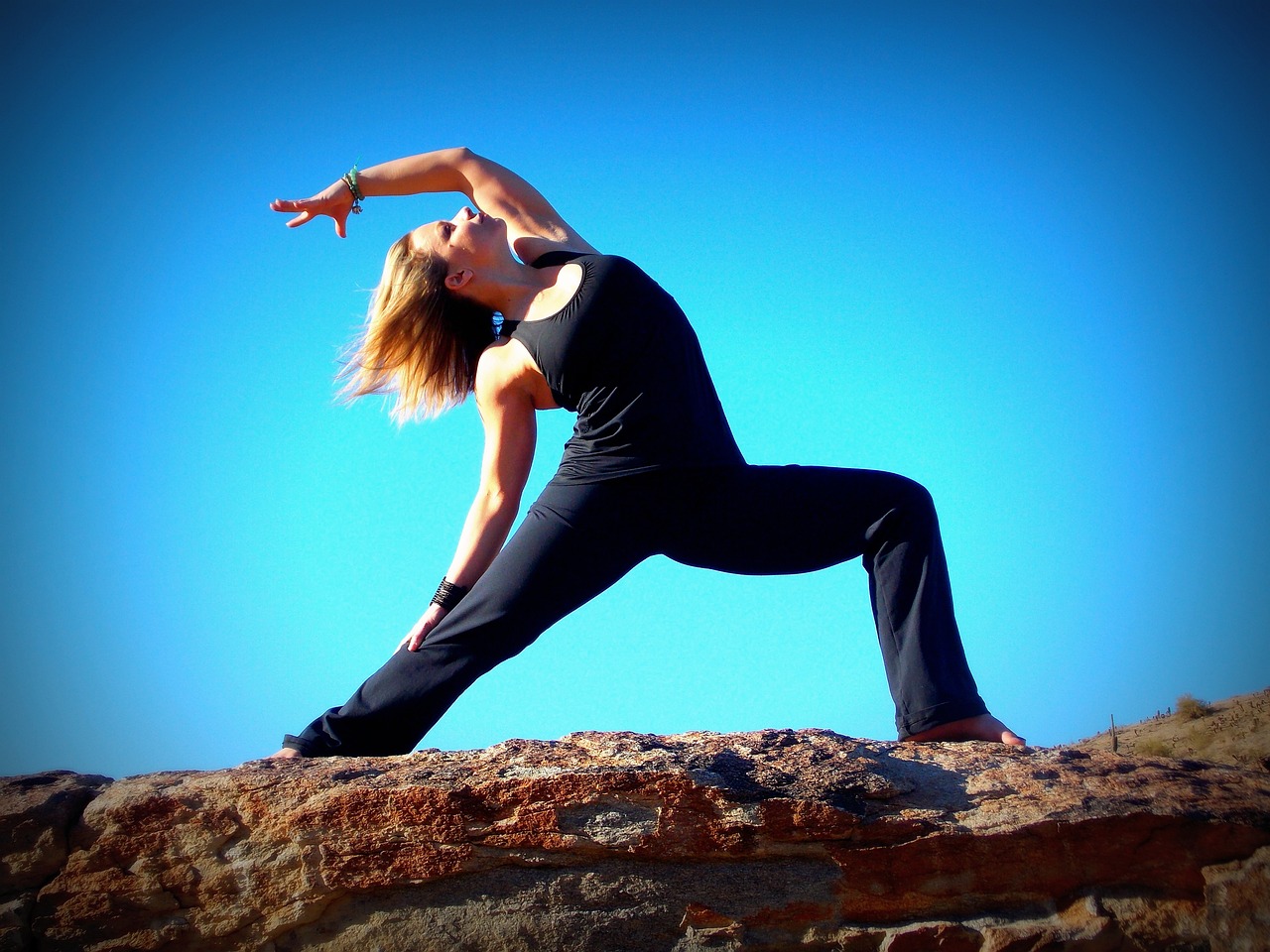
Applying Primer Evenly
When it comes to applying primer to your canvas, achieving an even coat is absolutely essential for the best painting results. Think of primer as the foundation of a house; if the foundation is uneven, everything built on top of it will be compromised. An uneven application can lead to inconsistent textures and colors in your final artwork, which can be frustrating! So, let’s dive into some techniques that will help you get that smooth, flawless finish.
First off, it’s important to choose the right tools for the job. A high-quality brush or a foam roller can make a world of difference. Brushes are great for getting into the nooks and crannies, while rollers can cover large areas quickly. If you’re using a brush, opt for one with synthetic bristles, as they work well with acrylic primers and help to avoid streaks.
Before you start applying the primer, make sure your canvas is clean and free of dust. A quick wipe with a damp cloth can do wonders! Once your canvas is ready, pour a small amount of primer into a tray. This will help you control the amount of primer you use, preventing waste and ensuring an even application.
Now, let’s talk about technique. Start at one corner of the canvas and work your way across using long, even strokes. If you're using a brush, follow the same direction for each stroke to avoid creating a patchy look. It’s also helpful to apply the primer in thin layers. This not only dries faster but also allows for better control. If you apply too much primer at once, it can pool and create unwanted texture.
As you’re applying the primer, keep an eye out for any drips or uneven areas. If you notice any, don’t panic! Simply go back over those spots with your brush or roller to smooth them out. It’s all about being attentive and taking your time. If you’re feeling adventurous, you can even experiment with different techniques, such as cross-hatching or stippling, to create unique textures on your canvas.
Once you’ve covered the entire surface, let the primer dry completely. This may take a few hours, depending on the type of primer you’re using and the humidity in your workspace. After it’s dry, inspect your canvas for any imperfections. If you see areas that need a bit more coverage, feel free to apply a second coat. Just remember to sand lightly between coats if you want an ultra-smooth finish!
In conclusion, applying primer evenly is a vital step in preparing your canvas for painting. With the right tools, techniques, and a little patience, you can create a beautiful, even surface that will enhance your artwork. So, grab your supplies and get ready to prime like a pro!
- What type of primer should I use for acrylic paints?
Acrylic gesso is the most commonly recommended primer for acrylic paints as it provides a great surface for paint adhesion. - Can I use oil-based primer for acrylic paints?
While you can use oil-based primers, it’s generally not recommended for acrylic paints as it can lead to adhesion issues. - How many coats of primer should I apply?
Typically, one to two coats of primer is sufficient, but this can vary depending on the absorbency of your canvas and the type of primer used. - Do I need to sand the canvas before applying primer?
It’s not necessary, but lightly sanding the canvas can help improve adhesion, especially if you’re using a heavy-weight canvas.
Frequently Asked Questions
- What type of canvas material should I choose?
When selecting a canvas material, consider the differences between cotton and linen. Cotton is generally more affordable and widely available, making it a great choice for beginners. Linen, on the other hand, is more durable and offers a finer texture, which can enhance the quality of your artwork. Ultimately, your choice should depend on your budget and the desired finish for your paintings.
- What tools do I need for stretching canvas?
To stretch your canvas effectively, you'll need some essential tools, including a staple gun, canvas pliers, a straight edge, and scissors. These tools will help you achieve a tight and smooth surface. Don’t forget to have a measuring tape handy to ensure accurate dimensions!
- How do I measure and cut my canvas accurately?
Measuring and cutting your canvas requires precision. Start by determining the desired size of your canvas, then use a measuring tape to mark your measurements on the fabric. A straight edge can help guide your cutting tool for clean edges. Always remember to add a few extra inches to your measurements to allow for stretching!
- What are the standard canvas sizes I should consider?
Standard canvas sizes vary, but common dimensions include 8x10, 16x20, and 24x36 inches. Choosing the right size depends on your project and personal preference. If you’re unsure, start with a smaller size to practice before moving on to larger canvases.
- What stretching techniques should I use for a smooth canvas?
To achieve a smooth canvas surface, consider techniques like the gallery wrap method, which involves wrapping the canvas around the edges of the frame and securing it at the back. This method not only provides a professional look but also keeps the artwork free from staples on the front side.
- Why is priming important before painting?
Priming your canvas is crucial as it prepares the surface for paint, ensuring better adhesion and preventing the paint from soaking into the fabric. This step can significantly enhance the vibrancy and longevity of your artwork, so don’t skip it!
- What types of primers are available?
There are several types of primers to choose from, including acrylic, oil, and gesso primers. Acrylic primers are versatile and easy to use, while oil primers are ideal for oil paints. Gesso is a popular choice for acrylic painting, as it provides a textured surface for better paint application.
- How can I apply primer evenly on my canvas?
To apply primer evenly, use a wide brush or a roller for large areas, and always work in thin layers. Allow each layer to dry completely before adding another. This technique helps avoid drips and ensures a smooth, even surface for your painting.



















